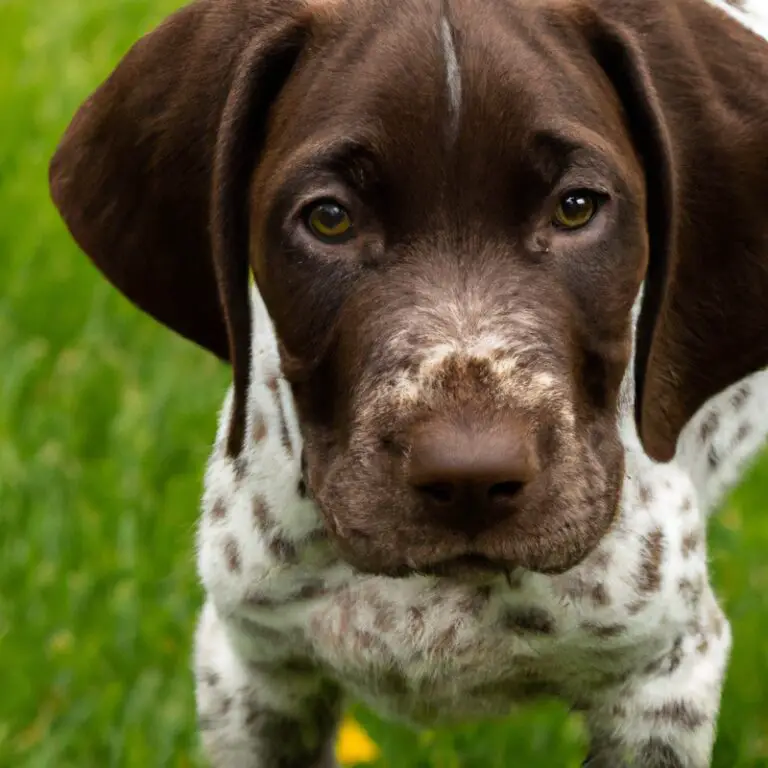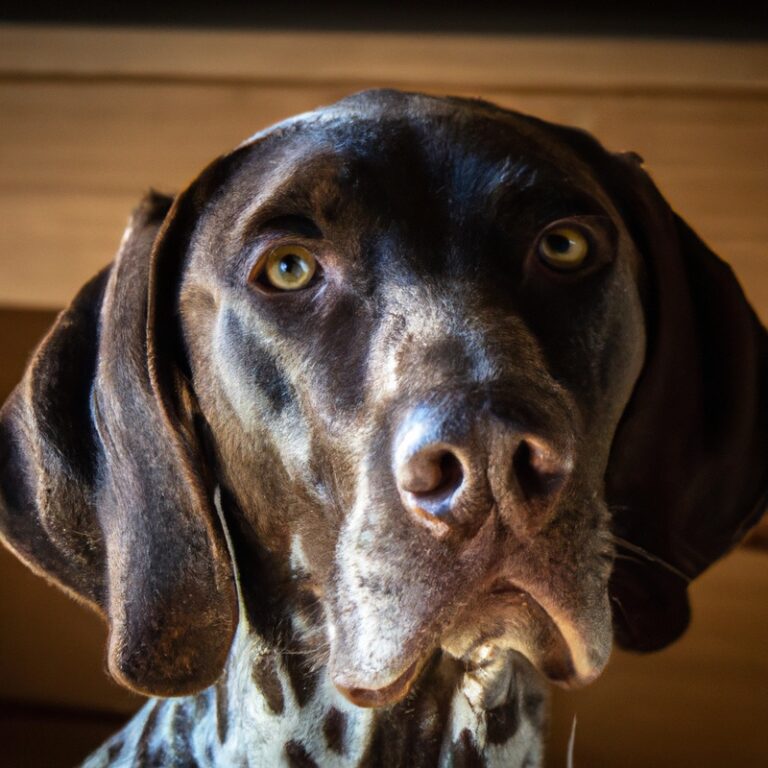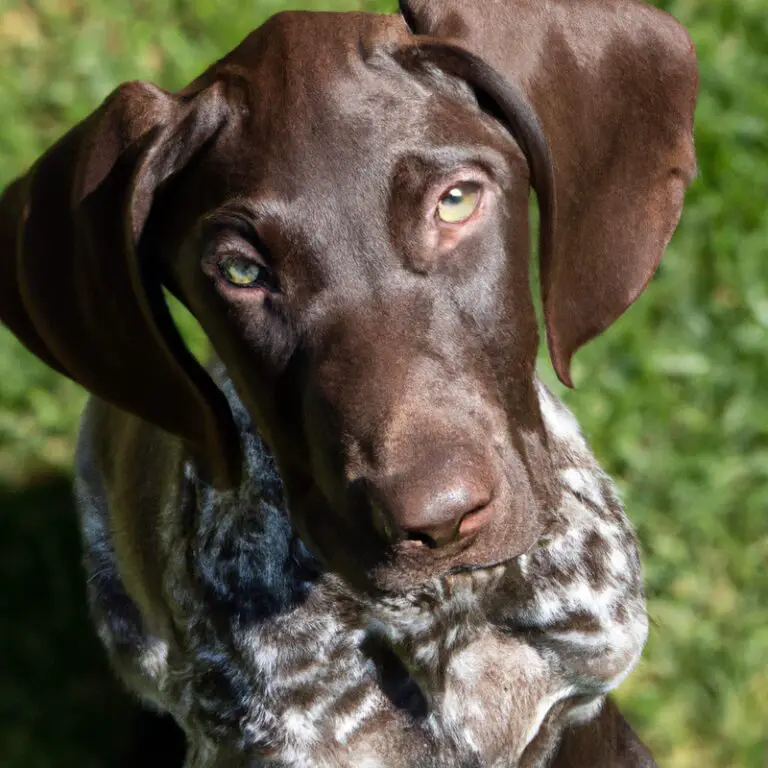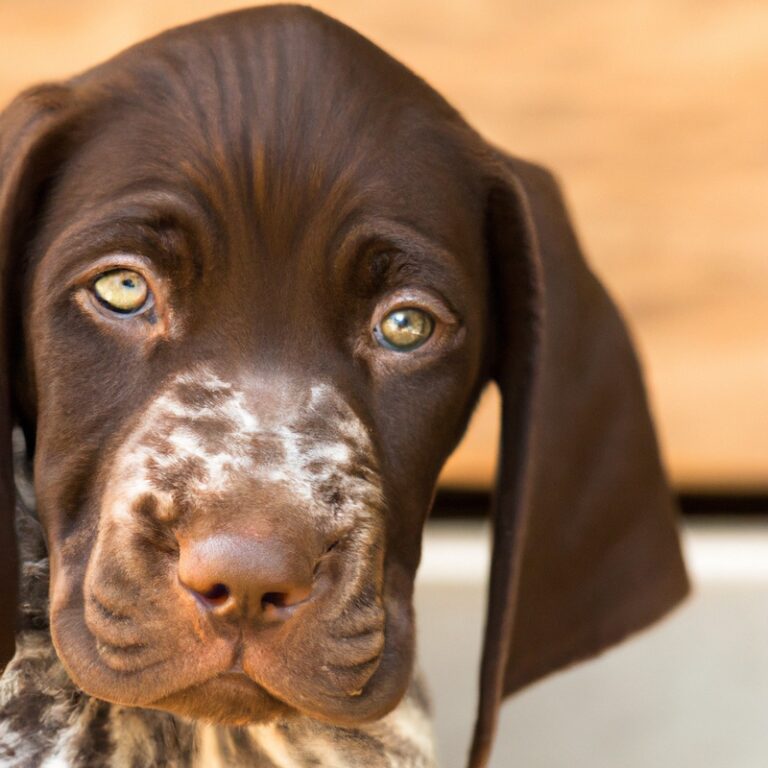How Do I Introduce My German Shorthaired Pointer To New Animals On a Farm?
Key Takeaways:
- Gradual introductions can help reduce stress and ensure a positive interaction between your German Shorthaired Pointer and new animals on the farm.
- Always supervise the initial interactions and provide positive reinforcement for appropriate behavior during introductions.
- Proper socialization and training from a young age can greatly contribute to the successful integration of your German Shorthaired Pointer with other farm animals.
- Consulting with a professional dog trainer or animal behaviorist can provide valuable guidance and support in introducing your German Shorthaired Pointer to new animals on the farm.
So, you’ve got a German Shorthaired Pointer and a bustling farm full of animals. The question is, how do you introduce your furry friend to these new four-legged companions without the chaos breaking loose?
As an expert in canine behavior and farm dynamics, I’m here to guide you through the process.
We’ll delve into understanding your pup’s temperament, familiarize ourselves with the characteristics of farm animals, and create a safe environment for introductions. From supervised visual encounters to off-leash interactions, we’ll cover it all.
Prepare for wagging tails and happy hooves as we explore this comprehensive guide to introducing your German Shorthaired Pointer to new animals on the farm.
Introducing Your German Shorthaired Pointer to New Animals on a Farm: A Comprehensive Guide
Understand Your German Shorthaired Pointer’s Behavior and Temperament
Understanding your German Shorthaired Pointer’s behavior and temperament is key to successfully introducing them to new animals on a farm. First and foremost, these dogs are known for their strong hunting instincts and high energy levels.
They are intelligent and independent, but also very loyal and friendly.
It’s important to note that they may have a strong prey drive, so introducing them to smaller animals requires caution and supervision. Positive reinforcement training techniques are highly effective with this breed.
By understanding and respecting their nature, you can create a safe and harmonious environment when introducing new animals on the farm.
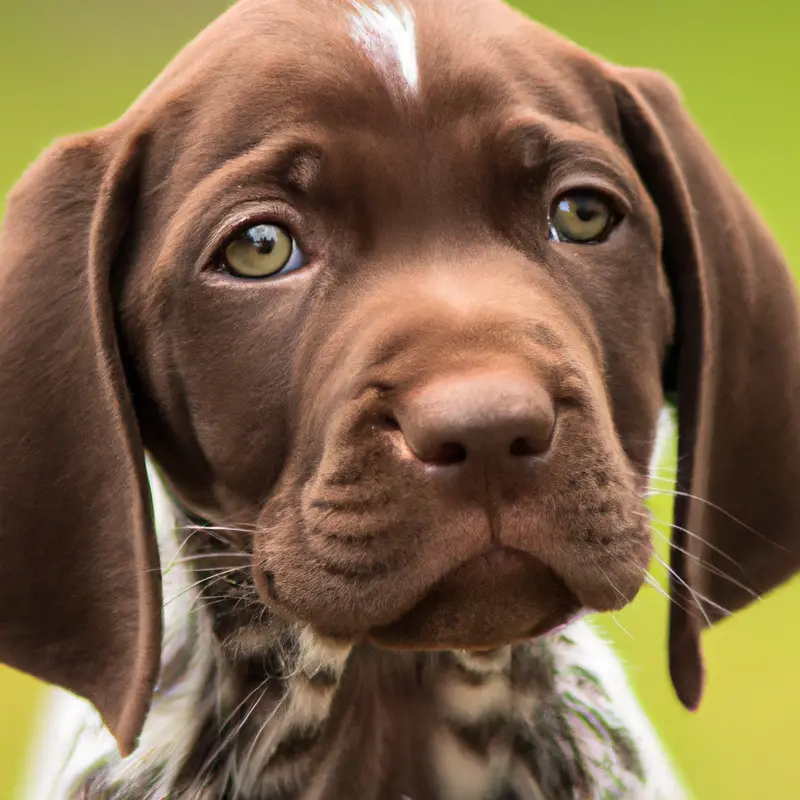
Know the Characteristics of the Farm Animals You Intend to Introduce
Before introducing your German Shorthaired Pointer to new animals on a farm, it’s important to know the characteristics of these animals. Take the time to research and understand their behaviors, habits, and needs.
Each species has its own unique traits, and knowing them will help you introduce your dog safely and successfully.
Here are a few key points to consider:
- Size and demeanor: Understanding the size and temperament of the farm animals is crucial. Some animals may be larger and more assertive, while others could be smaller and more timid. This knowledge will help you gauge how your dog might react and how you can manage the introductions.
- Prey drive: Keep in mind that German Shorthaired Pointers have a strong prey drive. This means they may be inclined to chase and potentially harm smaller animals, such as chickens or rabbits. It’s essential to be aware of this instinct and take necessary precautions to prevent any harm to the farm animals.
- Training and socialization: Ensure that your German Shorthaired Pointer is well-trained and socialized before introducing them to new animals. Basic obedience commands like “sit,” “stay,” and “leave it” will come in handy during these introductions, helping you maintain control and ensure the safety of all animals involved.
Prepare a Safe and Controlled Environment for the Introduction
To ensure a smooth and safe introduction between your German Shorthaired Pointer and new animals on the farm, it’s essential to prepare a safe and controlled environment. Here are a few key steps:
- Secure the area: Make sure the area where the introduction will take place is fully secured. This means checking for any gaps in fences or gates and ensuring that the animals cannot escape or access any dangerous areas.
- Remove potential hazards: Take a look around the area and remove any potential hazards that could harm your dog or the other animals. This includes sharp objects, poisonous plants, or anything that can cause injury.
- Use a leash: Keep your German Shorthaired Pointer on a leash during the introduction. This will give you better control and prevent any unexpected chasing or aggressive behavior.
- Gradual exposure: Start by allowing your dog to observe the new animals from a distance. Gradually decrease this distance over time, allowing your dog to become familiar with their presence.
- Supervise closely: During the introduction, supervise closely to ensure the safety of all the animals involved. Watch for any signs of aggression or stress and intervene if necessary.
By following these simple steps and preparing a safe and controlled environment, you can help ensure a positive and successful introduction between your German Shorthaired Pointer and new animals on the farm.
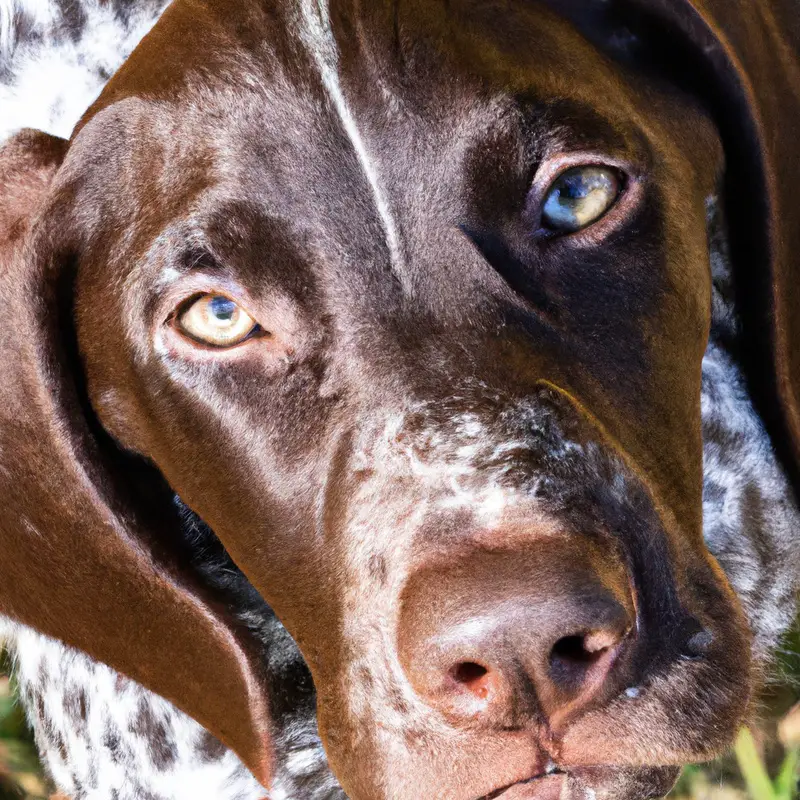
Gradual Introduction: Start with Supervised Visual Encounters
When introducing your German Shorthaired Pointer to new animals on a farm, it’s important to start with supervised visual encounters. Gradually introducing them to the other animals will help reduce any potential stress or aggression.
First, make sure your dog is on a leash or in a secure, enclosed area during these visual encounters.
This will ensure everyone’s safety and prevent any accidents. Allow your dog to observe the other animals from a distance, while keeping a close eye on their behavior.
Pay attention to your dog’s reactions during these encounters.
Look for signs of anxiety, fear, or aggression. If your dog becomes overly excited or shows signs of aggression, calmly remove them from the situation and try again later.
Supervised On-Leash Introductions in Neutral Territory
When introducing your German Shorthaired Pointer to new animals on a farm, one crucial aspect is to start with supervised on-leash introductions in neutral territory. This allows for controlled interactions and helps prevent any potential conflicts or accidents.
First and foremost, choose a neutral location where neither your dog nor the other animals have established dominance or territoriality.
It could be a nearby park or a neutral area on the farm. Make sure your dog is on a leash and under your control at all times.
During the introduction, closely monitor your dog’s body language and behavior.
Look for signs of excitement, nervousness, or aggression. Keep the leash short to maintain control and prevent any unwanted interactions.
Allow both your dog and the other animals to sniff and observe each other from a safe distance.
Gradually decrease the distance between them if everyone remains calm and comfortable. If any signs of aggression or tension arise, separate the animals and try again later.

Off-Leash Introduction with Close Monitoring
Off-leash introductions with close monitoring are an important part of introducing your German Shorthaired Pointer to new animals on a farm. Before attempting off-leash introductions, make sure your GSP is comfortable and responsive to basic commands while on a leash.
Here’s how to do an off-leash introduction with close monitoring:
- Find a controlled and secure area: Choose an enclosed area where the animals can interact safely without the risk of running away or causing harm.
- Start with a controlled interaction: Begin by allowing your GSP to observe the other animals from a safe distance. Keep a close eye on their behavior and body language.
- Gradually decrease the distance: Over time, gradually decrease the distance between your GSP and the other animals. Monitor their reactions closely to ensure everyone remains calm.
- Watch for positive signs: Look for positive signs such as relaxed body postures, tail wagging, or friendly and curious approaches from your GSP. Encourage and reward good behavior.
- Be prepared to intervene: Even with close monitoring, it’s important to be prepared to intervene if necessary. If any sign of aggression or discomfort arises, quickly separate the animals to prevent any conflicts.
Implement Positive Reinforcement and Rewards
Implementing positive reinforcement and rewards is one of the most effective ways to introduce your German Shorthaired Pointer to new animals on a farm. This approach focuses on rewarding good behavior and creating positive associations for your dog.
First and foremost, make sure to have plenty of treats or favorite toys on hand.
When your dog displays calm and appropriate behavior around new animals, give them a treat and praise them enthusiastically. This positive reinforcement will encourage your dog to repeat the desired behavior.
Additionally, you can use rewards to create positive associations.
For example, if your dog is nervous around a specific animal, try giving them a treat or playing with them near that animal. This will help your dog associate the new animal with a positive and enjoyable experience.
Remember to be patient and consistent with positive reinforcement.
It may take time for your dog to adjust, so be sure to reward and praise them every time they display the desired behavior. With time and positive reinforcement, your German Shorthaired Pointer will become more comfortable and accepting of new animals on the farm.
Identify Warning Signs and Take Corrective Measures
Identifying warning signs and taking corrective measures is essential when introducing your German Shorthaired Pointer to new animals on a farm. Pay close attention to your dog’s body language and behavior.
If you notice signs of aggression, such as growling or raised hackles, intervene immediately.
Separate your dog from the other animals and provide a calm environment for them to relax. Consult with a professional trainer or behaviorist for guidance on how to address the issue.
Patience and Perseverance: Building Trust over Time
Patience and perseverance are key when it comes to building trust with your German Shorthaired Pointer and new animals on the farm. First and foremost, give your dog time to adjust to the new environment and animals.
Don’t rush the process.
It’s important to allow your dog to observe from a distance and gradually introduce them to the new animals. Use positive reinforcement techniques, such as treats and praise, to reward your dog for calm and friendly behavior.
Seek Professional Assistance if Necessary
If you’re introducing your German Shorthaired Pointer to new animals on a farm and feel overwhelmed or uncertain about the process, don’t hesitate to seek professional assistance. Sometimes, it’s best to rely on the expertise of a dog trainer or behaviorist who can guide you through the introduction process.
They can assess the situation, provide you with personalized advice, and help ensure the safety and well-being of both your dog and the other animals.
Monitor and Maintain a Harmonious Relationship
When bringing your German Shorthaired Pointer to a farm and introducing them to new animals, it’s important to monitor and maintain a harmonious relationship. Keeping an eye on how your dog interacts with the other animals is crucial for their safety and the well-being of the farm animals.
Here are a few tips to help you monitor and maintain a harmonious relationship:
- Observe their behavior: Watch how your dog interacts with the other animals. Are they showing signs of aggression or dominance? Are they being too rough? If you notice any concerning behavior, intervene calmly and redirect their attention.
- Provide supervision: Always supervise your dog when they are around other animals. This allows you to step in if any problems arise and ensures that your dog doesn’t engage in inappropriate behavior.
- Set boundaries: Establish clear boundaries for your dog. Teach them basic commands like “leave it” and “stay” to prevent them from chasing or bothering the farm animals. Consistency is key in reinforcing these boundaries.
- Encourage positive interactions: Reward your dog for good behavior around the farm animals. Praise and offer treats when they are calm and respectful. This positive reinforcement will reinforce the desired behavior.
- Seek professional help if needed: If your German Shorthaired Pointer is having difficulty adjusting to farm life and is showing signs of aggression or extreme prey drive, it may be necessary to consult a professional dog trainer or behaviorist.
Final Verdict
Introducing your German Shorthaired Pointer to new animals on a farm requires careful planning, patience, and perseverance. Understanding your dog’s behavior and the characteristics of the farm animals is crucial in creating a safe environment for the introduction.
Gradual and controlled introductions, along with positive reinforcement, can help build trust between your dog and the farm animals.
It is important to monitor for warning signs and take corrective measures as needed. Remember, building a harmonious relationship takes time, so be patient and seek professional assistance if necessary.
By following these guidelines, you can ensure a successful and peaceful coexistence between your German Shorthaired Pointer and the farm animals.



